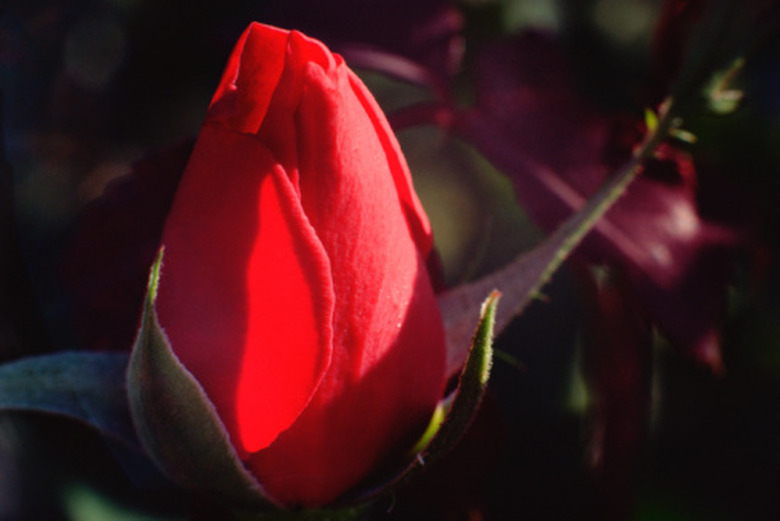What Is The Difference Between Sepals & Petals?
Horticulturalists classify flowers in two ways, complete, or incomplete. A complete flower has a pistil, stamen, petals and sepals. An incomplete flower is missing one or more of these parts. If a flower is missing the petals it is apetalous. If the sepals are missing it is asepalous. Horticulturalists classify flowers missing the petal and sepal as naked.
Purpose of the Sepal
Purpose of the Sepal
Sepals are leaf-like parts that enclose the flower bud. They are located at the lower part of a flower. The sepals fold over and protect the closed bud from weather or injuries while developing. Usually, there are either two or five sepals on a flower.
Purpose of the Petals
Purpose of the Petals
The main job of petals is to attract hummingbirds and insects so that pollination may occur. Petals also protect the stamen and pistil, the parts of the plants needed for reproduction. Glands at the base of the petals, called nectaries, produce a sweet nectar. The nectar, the fragrance and the colors of the petals are what attract the pollinators. Flowers' ability to attract pollinators using coloring and scent is demonstrated by the honeysuckle. The honeysuckle's flowers attract insects and hummingbirds during the day with showy, attractive flowers. At night, the sweet scent attracts moths.
Colors and Classification
Colors and Classification
Usually, sepals are green and petals are the brighter part of the flowers. There are times when the sepals may be colored, either the same, or contrasting color to the petals, then they are labeled petaloids. Hydrangeas and clematis do not have petals. Instead, there are colorful sepals, which appear similar to petals.
Tepals
Tepals
Tepals or undifferentiated Perianth segments, occur when a difference cannot be discerned between the petals and the sepals. Examples of this are tulips, amaryllis, lilies and orchids. This occurs when there are strong ancestral bonds.
Cite This Article
MLA
Napier, Kimberly. "What Is The Difference Between Sepals & Petals?" sciencing.com, https://www.sciencing.com/what-is-the-difference-between-sepals-petals-13426267/. 21 July 2017.
APA
Napier, Kimberly. (2017, July 21). What Is The Difference Between Sepals & Petals?. sciencing.com. Retrieved from https://www.sciencing.com/what-is-the-difference-between-sepals-petals-13426267/
Chicago
Napier, Kimberly. What Is The Difference Between Sepals & Petals? last modified March 24, 2022. https://www.sciencing.com/what-is-the-difference-between-sepals-petals-13426267/
